Member Favorites
Search…
Latest Videos

PLO Trainer Tutorials
MrLuque86
6 mins
12/11/2025

4-Card PLO Practical
Lokfable
41 mins
7/11/2025

PLO Trainer Tutorials
MrLuque86
16 mins
3/11/2025
Search…
Latest Videos



Betting hands that can continue both as bets or as check/calls on a lot of runouts, they almost always need to have some form of equity beyond fold equity.
Betting our very strongest hands and our hands with the best blockers against our opponent’s continuing range.
In Hold’em, every note is familiar, and mastery comes from perfecting a well-understood form. You’ve trained your ear, your hand, your instincts. You know the keys.
But PLO? That’s jazz. It’s wilder. The chords are richer, the improvisation deeper. You still need the fundamentals, but now you’re playing in a world with more combinations, more chaos, and more opportunity for brilliance.
As you embrace the complexity, you start hearing the music differently. You realize the chaos has a rhythm of its own. And once you find it, the freedom is intoxicating.
You’re not abandoning the piano — you are experiencing a natural evolution of your journey, building on your skills by embracing a new style.


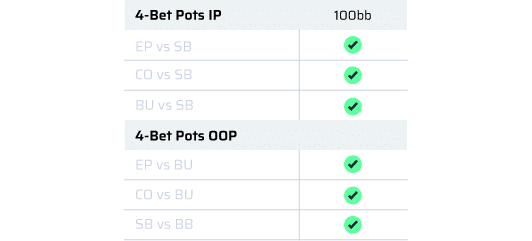










All VIP Rewards members were automatically enrolled in the Black Card program and don’t need to apply again.
Welcome, you are in!